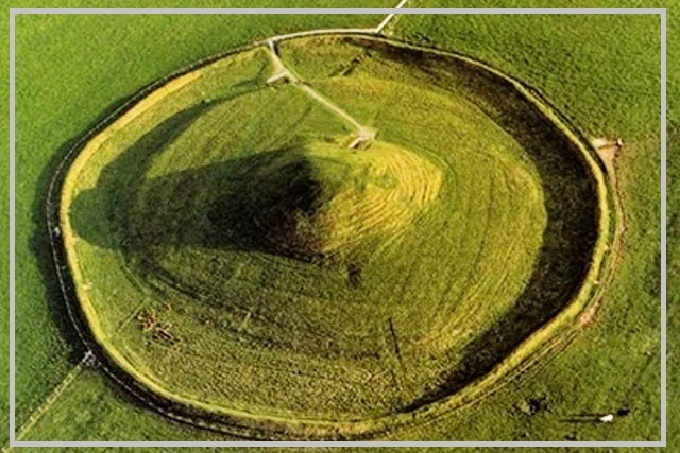As you know, elves are fairy–tale characters. But they had their own prototype – the Irish and Scottish Sidhe, or “people of the hills”. However, the Sidhe were also mythical characters, despite the fact that until modern times all the Celts were absolutely sure of their existence.
However, the latest findings of archaeologists force us to reconsider this position – ancient settlements have been found in Britain that exactly correspond to the descriptions of the mythological abodes of the Sidhe.
Actually, Sidhe is a magic hill. Inhabitants inhabit it – they were also called Sidhe. To imagine them, think of the elves from the works of John Ruel Tolkien (who was a professor specializing in Celtic mythology and definitely knew what he was talking about).
It was believed that they were slender, elegant, and skilled in all kinds of magic, but people conquered their lands, after which the Sidhe had to hide in the magic hills and become local deities.
For a long time, we thought that these were just fairy tales until traces of an ancient civilization were discovered on the Orkney Islands, which can be considered truly magical for the Neolithic era.
The most famous settlement of this civilization is now known as Skara-Bray and dates back to about the third and a half millennium BC. It was several thousand years before the birth of Jesus, the construction of the temple of Solomon, and about half a millennium before the destruction of Stonehenge.
The settlement was discovered in 1850 when a hurricane tore off a layer of land under which there were… ancient dwellings. Initially, excavations were started by William Graham Watt of Scale, a local landowner, but full-fledged archaeological research began only in 1920.
Actually, the settlements are dugouts fortified with stones, covered with logs, turf, and moss on top. But the dugouts are truly royal – each room was, on average, 40 square meters, with stone-paved floors, as well as stone furniture.
Dwellings were made right in the hills – a suitable hill was “opened”, and rooms were dug in it, reinforced with masonry. A forge and a complex drainage system were also built to protect against flooding.
But most importantly, they were not just cobblestones but perfectly hewn stones. It seemed that professionals who were not inferior to the medieval ones worked on the construction.
And judging by the richly decorated artifacts, it was a rather complex culture, and many scientists wondered how it was possible to achieve such a development in the absence of writing.
Skara Bray is not the only monument of this culture. It also includes the settlements of Barnhouse on the island of Mainland, or Nep-of-Hauar, preserved in almost perfect condition, as well as the tomb of Meishau.
The tomb should be mentioned separately. To get into it, you need to overcome a long eleven-meter corridor with a meter height, but then you get into a spacious room with a perfectly regular shape with a ceiling about four meters high. The quality of construction is respected by our standards.
Unfortunately, we will never know who was buried in this tomb because the Vikings once looted it. Who, like true hooliganism, painted the walls with their runes. But in general, the ancient culture of the Orkney Islands coincides quite accurately with how the Celts later described the magical hills.
